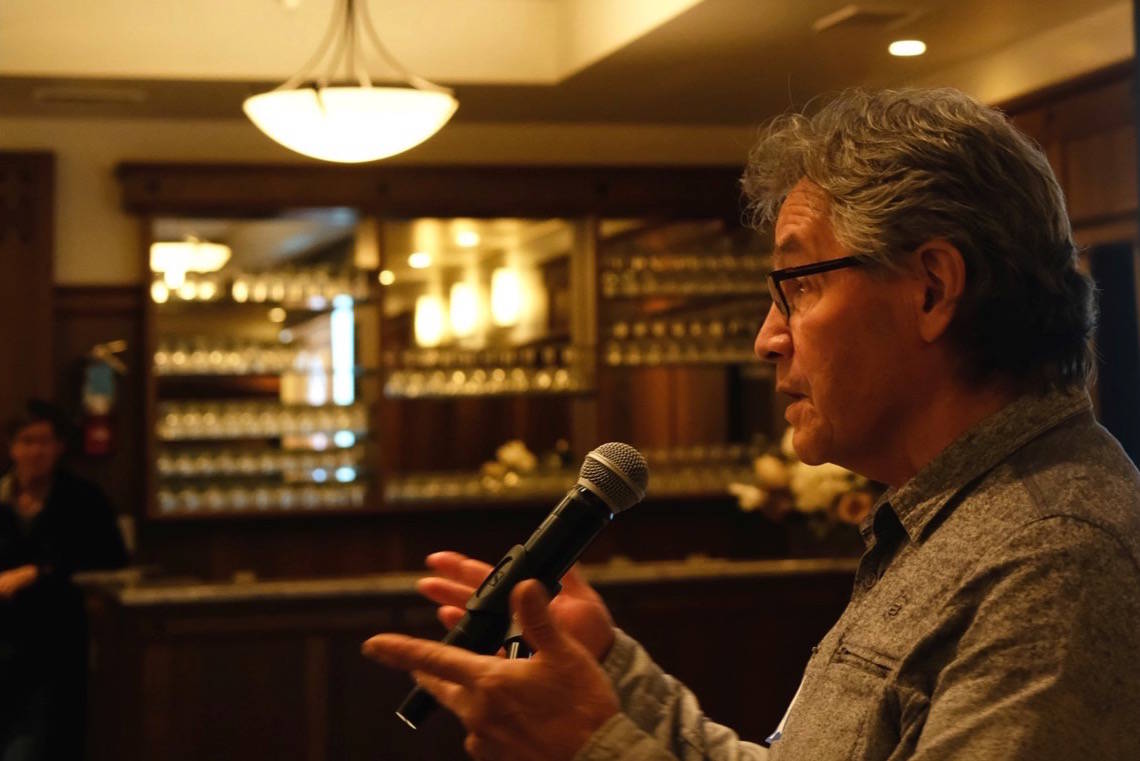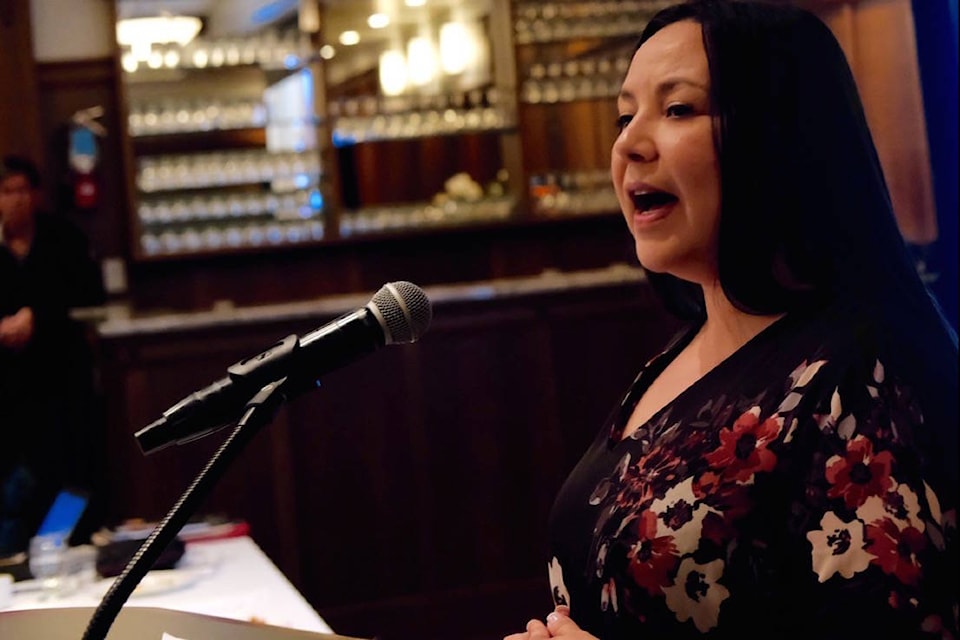Canadian and B.C. negotiators at the Columbia River Treaty table with the U.S. government have not hit the hard parts yet, according to the lead of the province’s negotiating team.
“The negotiations have not been heated yet,” Kathy Eichenberger told a public meeting in Nelson on Nov. 13 attended by about 60 people.
“We are exchanging information and data, trying to understand each other’s views and concerns and so far it is cordial, but it is going to get tough. We are not at that point yet though. These first rounds are an opportunity to get comfortable with each other. Things will get more difficult.”
Negotiators from Canada, B.C., and the U.S. have met eight times in the past two years in different locations, most recently hosted by the Ktunaxa Nation.
A sticking point
One of the expected sticking points in the negotiations, according to Eichenberger, will be what is known as the Canadian Entitlement.
That’s a provision of the treaty that sees the U.S. pay Canada half of the value of power generated by Columbia River flows from Canada (about $120 million worth of power annually).
“We have not talked about the Canadian Entitlement yet,” said Lyn Ponniah of Global Affairs Canada, taking part in the meeting by video link.
“The U.S. thinks it is too high,” she said. “But the Canadian team will not accept a deal that does not have value for Canada. By value I mean not just monetary but also taking into consideration all the things we have heard from residents about ecosystem flexibility, salmon introduction, attention being given to climate impacts.”
Protecting ecosystems
Eichenberger implied that one of the other issues that could become contentious might be Canada’s desire for ecosystem flexibility and protection.
“How we use and understand ecosystems are very different on both sides of the border,” she said.
She did not elaborate on this, as on many other issues, because they are all in the process of negotiation and therefore confidential. She acknowledged this is frustrating for members of the public wanting to know what is going on.
Ponniah mentioned two other issues that could become contentious but again did not elaborate.
“We also continued the discussions on flood risk management and hydro power and we are pleased to see progress on these. This is a complex undertaking as both sides grapple with their own unique data. We hope we can find common ground.”
Another potentially difficult issue, not mentioned at the meeting, is drought and decreased river flows in the U.S. because of climate change. This may mean that U.S. municipalities and agriculture will want more of the water stored behind dams in Canada.
A science lesson
Michael Zimmer, a biologist at the Syilx/Okanagan Nation told the meeting what ecosystem function was lost as a result of the treaty dams – huge runs of salmon and steelhead, thousands of miles of streams and tributaries and wildlife habitats they provided, several nursery lakes, and tribes’ consumption of fish.
He discussed progress in planning for salmon re-introduction on both sides of the border and about the extensive research and data collection needed to protect floodplains, forests, wetlands, reservoir ecosystems, and anadromous fish species.
First Nations involvement
Earlier this year the Global Affairs Canada invited representatives of the Ktunaxa, Syilx/Okanagan and Secwepemc Nations to participate as observers in the Canadian delegation at the negotiations. They take part in pre-negotiation meetings and have made presentations to the negotiators on salmon and ecosystems.
Nathalie Allard of the Ktunaxa Nation is one of those observers and attended the Nelson meeting.
“This allows us to regain our ability to meet our own responsibilities,” she said. “So it is very meaningful participation. Round Eight was hosted in my community and I took full advantage of that.
“I brought in the entire elementary school to open the meeting because I wanted to highlight our children because this is my life, not just a job, and I wanted to bring them into this. We are speaking for those who came before us and those yet to come.”
An audience member asked why the Sinixt, declared extinct by the federal government in the 1950s, are not at the table.
Eichenberger said the Colville Tribes in Washington State, which include the Sinixt, are being consulted by the U.S. government in the negotiations, and it could be seen as a conflict of interest if the Sinixt were advising both countries.
“But we do respect the decisions of the B.C. courts,” she said, “and we know they have rights in this region, there is no question, the courts have said so.”
The Nelson meeting was one of a series of such gatherings held throughout the region this fall.
Related:
• First Nations included in latest Columbia River Treaty talks
• Latest round of Columbia River Treaty talks wrap up in Cranbrook
• Columbia River Treaty: What’s on the table?
• COLUMN: A growing thirst south of the border
• COLUMN: Advocating for the Salmon Spirit
bill.metcalfe@nelsonstar.com
Like us on Facebook and follow us on Twitter

